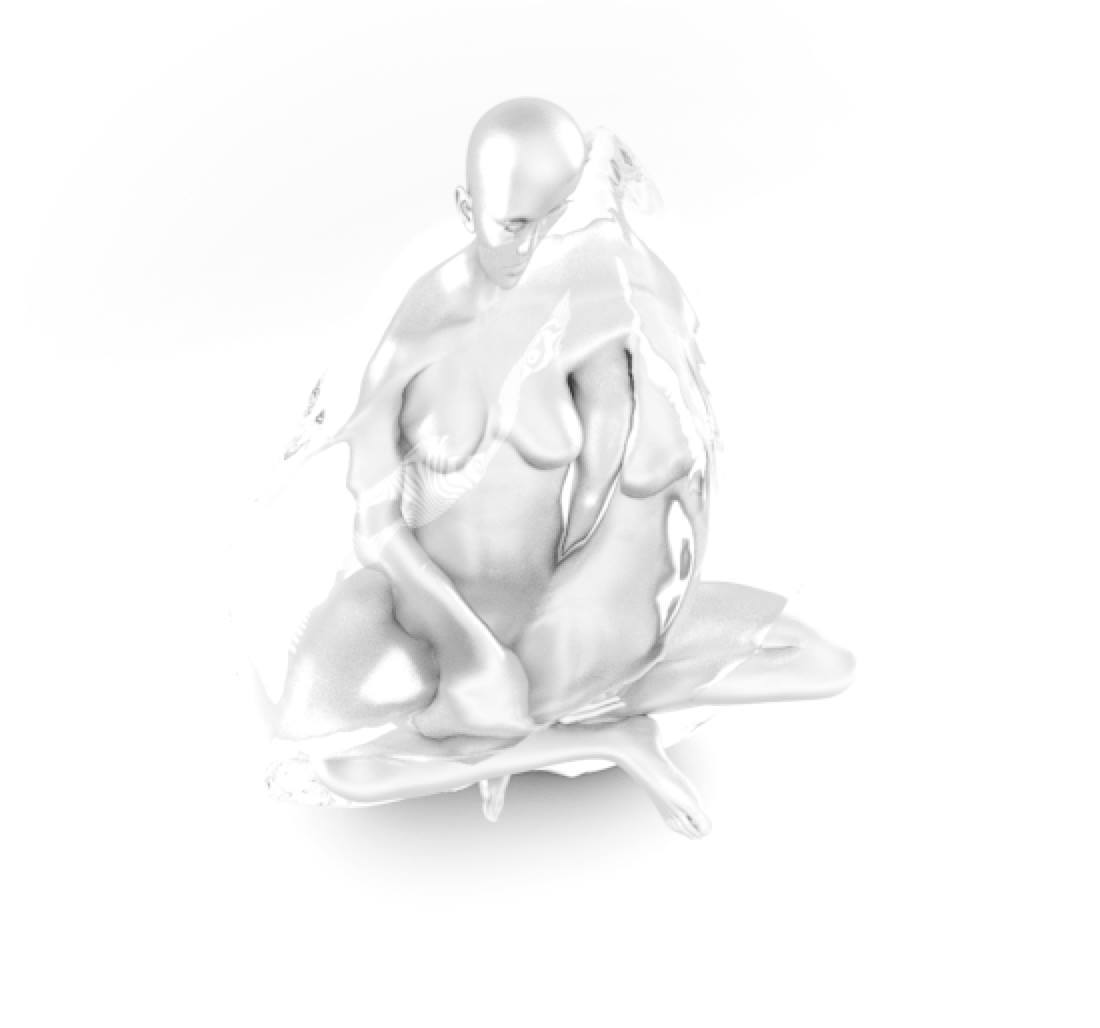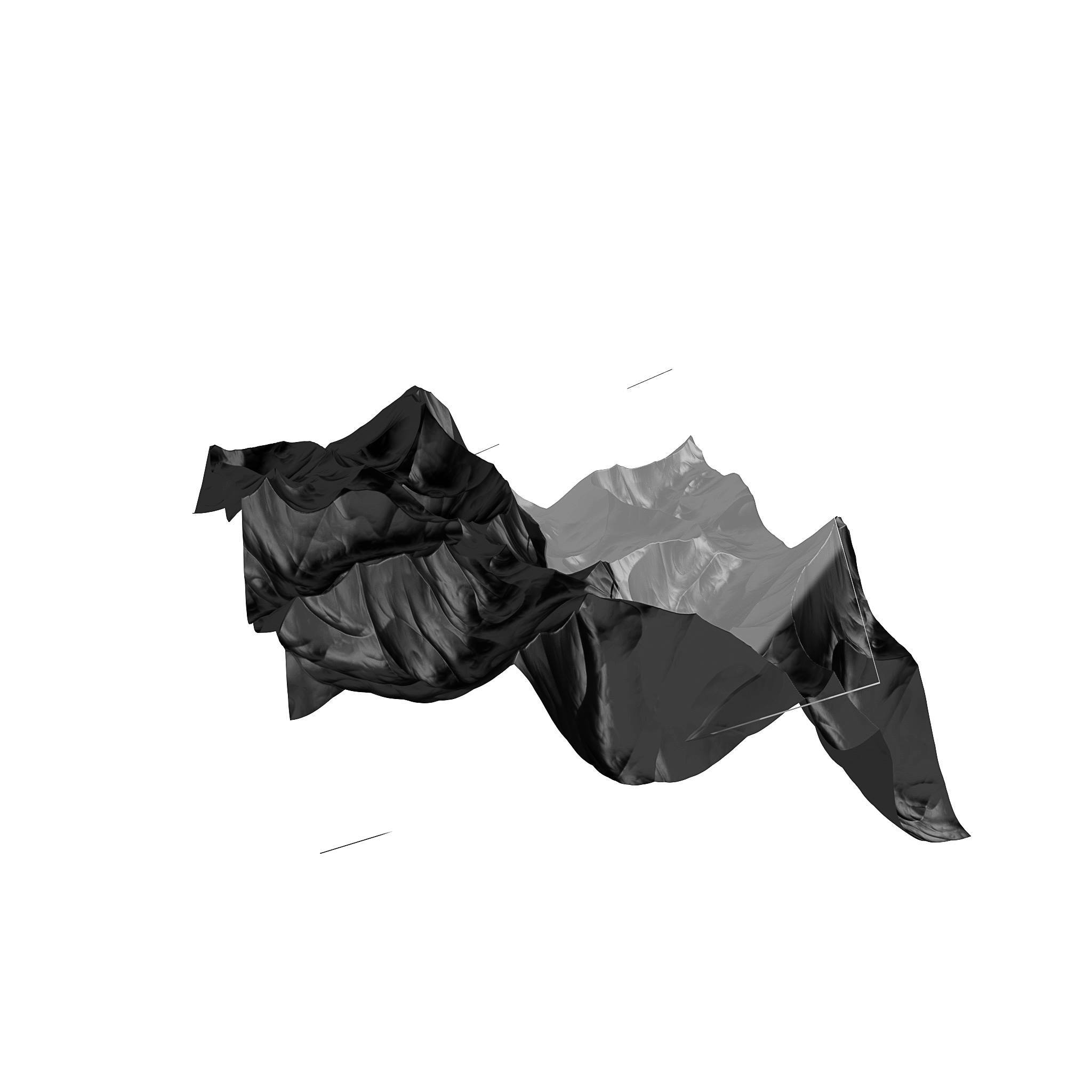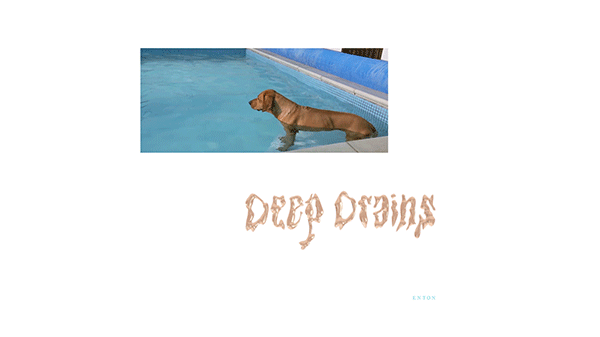Post Modernism,
Post Internet,
Post Contemporary,
Post.
‘Complex societies, societies more than human at scales sociotechnical organization that surplus phenomenological determination are these in which the past, the present, and the future enter into an economy where maybe, none of these modes is primary, or where the future replaces the present as the lead structuring aspect of time.’ [1]
The ubiquity of the Post characterizes where we are.[1]
We have arrived in an era where the shaping of the present is not necessarily determined by the past. Historically formed semantics have a disconnected value in our understanding of the present. [1] If speculation is the method by which we can relate to the imagined future, Post is a way in which we recognize the present’s speculative relationship to the past. [1]
Time, which is based on the fundamental principles and movements of the Observable universe, is now a structured cultural condition that informs our routines / systems / infrastructures / societies. Time as a semiotic constant, as infinite rotations upon the same loops, does not bear upon the Experience of those same intervals. Time is gained through our delineations of Experience. Experience is omnipresent in time.
The present is the realization of the speculations of the past (Pre) combined with the new formation of speculative futures (Post).[1] We can no longer rely on the stability or conventions the past has generally offered to us; the present acts as a future relative to the past that we are already exceeding. [2]
Where Modernism wrought universality and standardization upon sign systems, Post Modernism reversed this; epitomized by its expressive use of sign systems, visualizing the ephemeral and fluid nature of meaning and the Multiplicity of coexisting perspectives. [3]
The physical Spaces of Post Modernism have become the Virtual Spaces of the Post Internet. The White Cube has been replaced by the infinite digital Space, the frame by the Surface.
Post Internet stands less for a distinction of before and after, than a continuously evolving dialogue of the cumulative effects of our global society. [4] Defined as a result of the contemporary moment, our new epoch is one in which personal technology is widespread to the point that its definition is drawn more from the collective network than the individual Object.
The effects of the internet can be seen in our everyday. Our lives are becoming ubiquitously mediated [4] by our Experiences both on and offline through the internet’s embedded physical and social presence. [4] We are lessening the division between the internet and ourselves. Tools form extensions of humanity, into our physical Spaces, allowing us to Observe and to shape the world around us beyond the capacity of our bodies. [5] This has become a defining aspect of our Experiences and interactions with reality. While tools have traditionally been additions to our physical and sensory anatomies, the internet is becoming an omnipotent manifestation of our collective semiotic reality. This becomes a habitable environment in and of itself.
The Virtual Space is designed by nature.


When form and context are no longer static, and no longer have a discernible point of origin, the essential quality of an Object is changed. This essential quality lies equally in its disseminated forms as in its original context. Objects previously defined by their disciplinarity and separate industries of dissemination, are now equal within a ubiquitous platform, medium and disseminator. Under this model of dissemination, Objects are viewed as Multiplicitous; communicating the abstracted concepts by which they are defined. These concepts are ontologically redefined by the forms of the disseminated Object. The mass disseminated Object is transformed into the Internet Object.
Dissemination after the internet has brought a new relationship to images and Objects, in which they are made many; outweighed by their copies. [6] The contexts of interaction become redefined, insofar as the Multiplicitous meetings between Observer and Object are mediated within Observer defined Spaces.

‘Surface is the locus for the application of sign systems’ [3]
Sign systems are a framework of understanding by which information is given meaning through context. [7] They are a combination of signifier and signified wherein the two are homogenized within the state of being Observed. The signifier invokes the signified and the signified recursively defines the signifier in that information must be understood through its appropriate sign system.

A signifier in isolation cannot exist within semiotic communications. Situating a sign within a framework of established understanding allows for the signification, communication and replication of an Object. [7]
Surface is an active site of open signs communicating with each other. [3] It is the definable context within which its agents can be decoded. By contextualizing an Object, placing it on to Surface, conditions are created for the Object to be interpreted within predetermined and shared cultural value systems. On the internet, Surface has become an infinitely movable and multipliable frame [3] through which to freely contextualize and mediate Observation. Throughout the Multiplicity of the internet’s forms, signifiers and sign systems, Surface is constant; defined solely by its role as Surface. It is a ubiquitous and invisible boundary to Virtual Space. There is now a single neutral state of Surface. [8]
Multiplicitous forms and meanings indicate a shift in our sign systems.
Physical Space, when interpreted as quantized and Multiplicitous allows for the geometric consideration of extra dimensions. [9] Within our Three Dimensional metric, these extra dimensions are superimposed as Interspatial and Superspatial, representing a plurality of state and a fundamental change in our models of Space. [9]
Space is the collective site of our sign systems.
Space is the field behind the Surface.
Space is decentralized and non-hierarchical. [10]
Space is malleable. It is constantly redefined.
Space is within Space is within Space.
Space is infinite.
Space is communal.
Space is comprised of interactions.
Space is organized with the intent of being Observed.
Space is a medium for expression.
Space is the location of the Internet Object.
Space is a diegesis. It’s meaning is defined from within.
Space is in its nature, Multiplicitous.
The internet is Multiplicitous Space; its structure is interspatial, superspatial. [9]
Space cannot prescribe value to its inhabitant Objects; it’s base state is one of neutrality. [8]
Space is inherently empty, yet there is no empty Space on the internet.
Through Surface, Space is mediated to allow for signification, and the complex action of sign systems.
Surface is the means by which Space can be made to coalesce to form meaning.
Surface is a medium for illumination within Space. It is a telescope. It is a lens.
Space cannot be viewed but through the Surface.
Space is the contextual commonality that allows for infinite and ubiquitous Surface.
Surface then becomes the window through which we may Observe the phenomena of Space.
Surface is the projected image of its Space.
‘I can speak directly to my audience… I decided not to treat the internet as a portfolio, but as a place for art… The browser is my canvas, and I’m gonna treat it with respect.’ [11]
Semiotics are their own mode of Experience.
We are Experience.
The Experience of reality manifests through the Surface of Consciousness. This consciousness is its own primary Observer. The consequence of this reflexive Observation is the internal understanding of perception as a constant. We live in a state of our own consciousness, where realities are constructed within Modes of Experience. [12] There is no Experience unbound from perception.
There is no demarcation between what is and what is not a valid Experience. An Experience is an Experience is an Experience. [14]
Perceptory information is unified from huge quantities of bits into abstracted representational form. Single units of information are linked into patterns. Patterns are then linked, becoming higher level units of cognitive data. [12] These higher units of decoded thought form illusory understandings of our sensory Experience, wherein one thing has the power to transform in to the similar other and replace the original in the narrativisation of Experience. We confuse our Experiences for a true representation of reality, rather than a semiotically presented one. This is the Mode of Semiotics.
The mode of Observation is definable by its lack of semiotics. The Observer state is based on Experiential assumptions, not of associations to the past or future, but of the present moment. Observation exists through awareness and presence. [12] The realities of the Observer state are still cognitively constructed.
‘You are here to enable the divine purpose of the universe to unfold.’ [13]
Space and distance are relational. An electron can appear to be in ‘two places at once.’ [15] Its spatial relations remain indeterminate from our fixed point of Observation. The act of Observation is Multiplicitous. This state is simultaneously indicative of its limitations, and also its power in defining perceptive reality. This is to say we do not and can not know truth outside Observation. [12]
The Observer State is an active and participatory practice in the stillness of the conscious. [13] It is a reduction of our semiotic time complexes and a mode of Experiencing the self as Observer in present Space. Presence is a self reflexive state of Observation, wherein the mind ceases to be subject to its fixed and weighted conceptions of both semiotic and perceptory phenomena. The Observer state represents a loss of control, and even the loss of the desire to control. [13] The primary function of the ego in Observation seems to be the decoding and resultant obfuscation of the Observer state.
‘Once a symbolic representation is established, it becomes the prism through which we see.’ [12]
New ways of seeing, en masse, result in new participations with Objects in Public Space. Disseminated Content has traditionally relayed with the Audience. [6] It is now relayed with the Observer. While an Audience and a group of Observers essentially represent the same groupings of Humanity, the Audience is homogenous, while the Collective Observer is Multiplicitous. The ‘Audience’ is a passive receiver of information through Surface. The Observer is active in their interactions within Space.
Content arrives as a result of Disseminated media. [6] When the disseminated Object is subject to mass Observation, a change in state, allowing the Object to be consumed as Content, can occur. Subsequently, Content is created to supply predefined demands set by this dissemination. A collection of Content, created around one of these supply-demand chains creates a network of media and its connections in the shape of an Internet Object.
The form of the Internet Object is Multiplicitous. Its shape is not designated by any of its versions, but by the summation of its versions/iterations/connections. The meaning of the Internet Object is abstracted in absence of any singular site, making it a ‘Theory Object’. [6] The ‘Theory Object’ has a decentralized meaning as a collection of versions of itself. [10]
The Internet Object is not a disseminated work, but a work of dissemination. [6] It is the image of its dissemination.
The abstracted Internet Object is oriented super-spatially. [9] It inhabits many Spaces in the images of its Multiplicity.
Any definable Space in which an Internet Object is situated is inherently smaller than the summation of the Internet Object. [10]
The Internet Object is created with consideration in its potential for assemblages. [6] It is a speculative creation, aware of the fragility of its origin state, and the indeterminacy of its form. The Internet Object is purpose built. The designer of the Internet Object is now a co-creator; a mediator of Object, Space and Dissemination. [3]
The Internet Object is static in that its characterization is not redefined by its constant states of flux. It has no economy of time, as the value of the Object can not be prescribed to any single state.- The Internet Object is always viewed directly. [6]
Spatial, non-linear and multi-dimensional experiences are communicated through non-discursive symbols and sites. [16] The semiotic Object is granted agency of signification when it is situated within Space. The Internet Object is in itself a complex semiotic site.
Multiplicity characterizes where we are.
The Internet Object is the new dissemination.
If we can project our minds on to it, it is Surface. [17]
The Universe is becoming a singular multitude of these potential Surfaces.
Space is the collective site of our sign systems.
It is a shared semiotic universe in which signs are real and the mind is a geological force.
We are incarnate Experience.
Observation is Multiplicitous.
The underlying infrastructure of the internet is human.
We are as much a part of its future as our own.
These new futurisms are public / shared / communal.
The collective is the new individual.
Collaboration redistributes agency from the ego to the Object. [18]
The Internet Object is its own Author. [4]
The Speculative Present is Multiplicitous, multidisciplinary, multimedia.
It is the Internet Object.
It is the postulation of new realities.
It is not to posit what is most likely to happen but to search the Space of actual possibility. [19]
It is to co-design, and to participate. [20]
It is interconnectivity between Spaces.
It is ubiquity of Space.
It is the redistribution / reinterpretation / recreation of the means of production.
It is Post Contemporary, where we are no longer disconnected.
It is Post Abundance, where we are not limited. [21]
It is Post Space, where we are Multiplicitous beyond numbers.
It is Post Everything, where we are one.
The Internet Object is the new dissemination.
If we can project our minds on to it, it is Surface. [17]
The Universe is becoming a singular multitude of these potential Surfaces.
Space is the collective site of our sign systems.
It is a shared semiotic universe in which signs are real and the mind is a geological force.
We are incarnate Experience.
Observation is Multiplicitous.
The underlying infrastructure of the internet is human.
We are as much a part of its future as our own.
These new futurisms are public / shared / communal.
The collective is the new individual.
Collaboration redistributes agency from the ego to the Object. [18]
The Internet Object is its own Author. [4]
The Speculative Present is Multiplicitous, multidisciplinary, multimedia.
It is the Internet Object.
It is the postulation of new realities.
It is not to posit what is most likely to happen but to search the Space of actual possibility. [19]
It is to co-design, and to participate. [20]
It is interconnectivity between Spaces.
It is ubiquity of Space.
It is the redistribution / reinterpretation / recreation of the means of production.
It is Post Contemporary, where we are no longer disconnected.
It is Post Abundance, where we are not limited. [21]
It is Post Space, where we are Multiplicitous beyond numbers.
It is Post Everything, where we are one.

